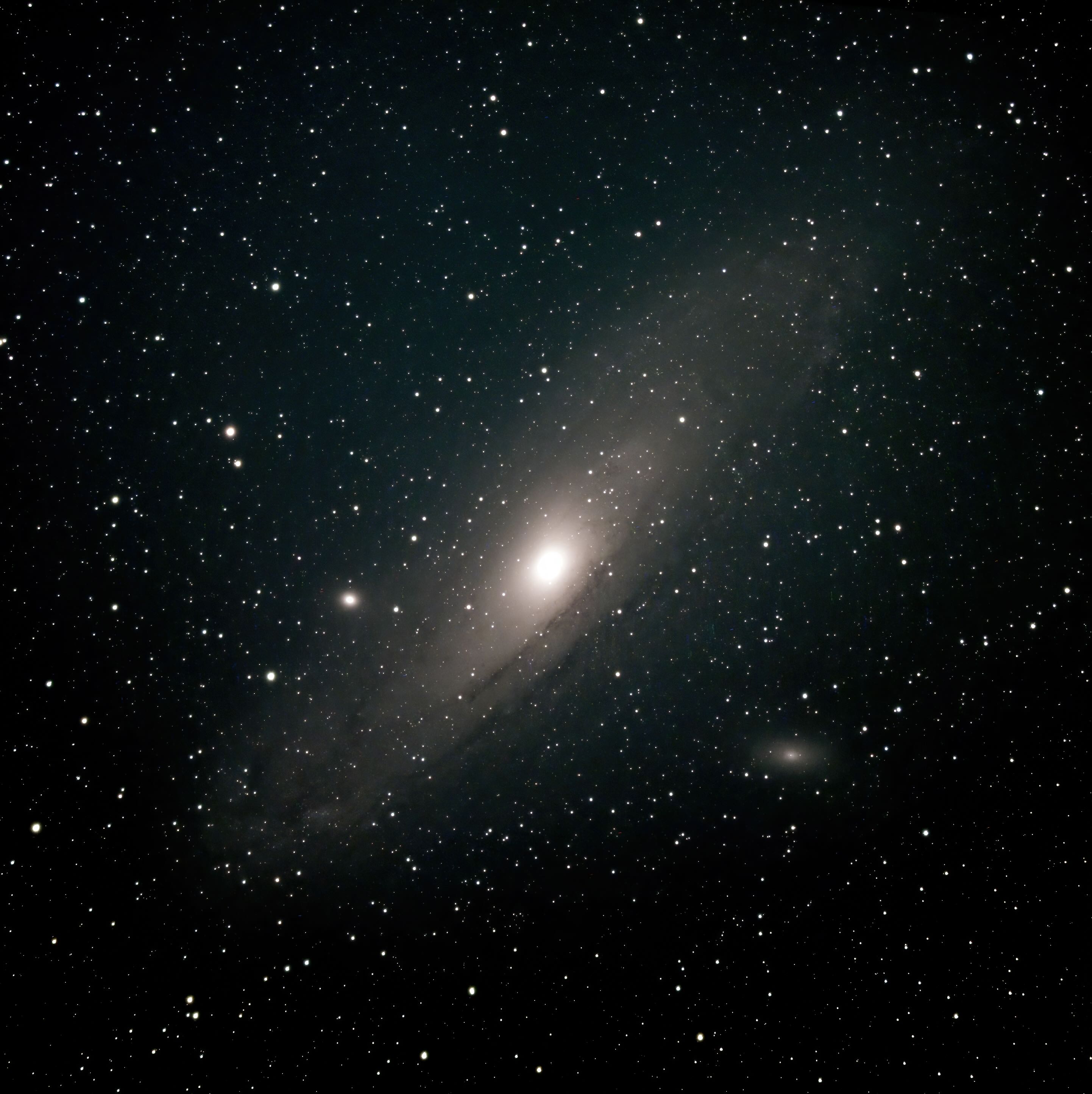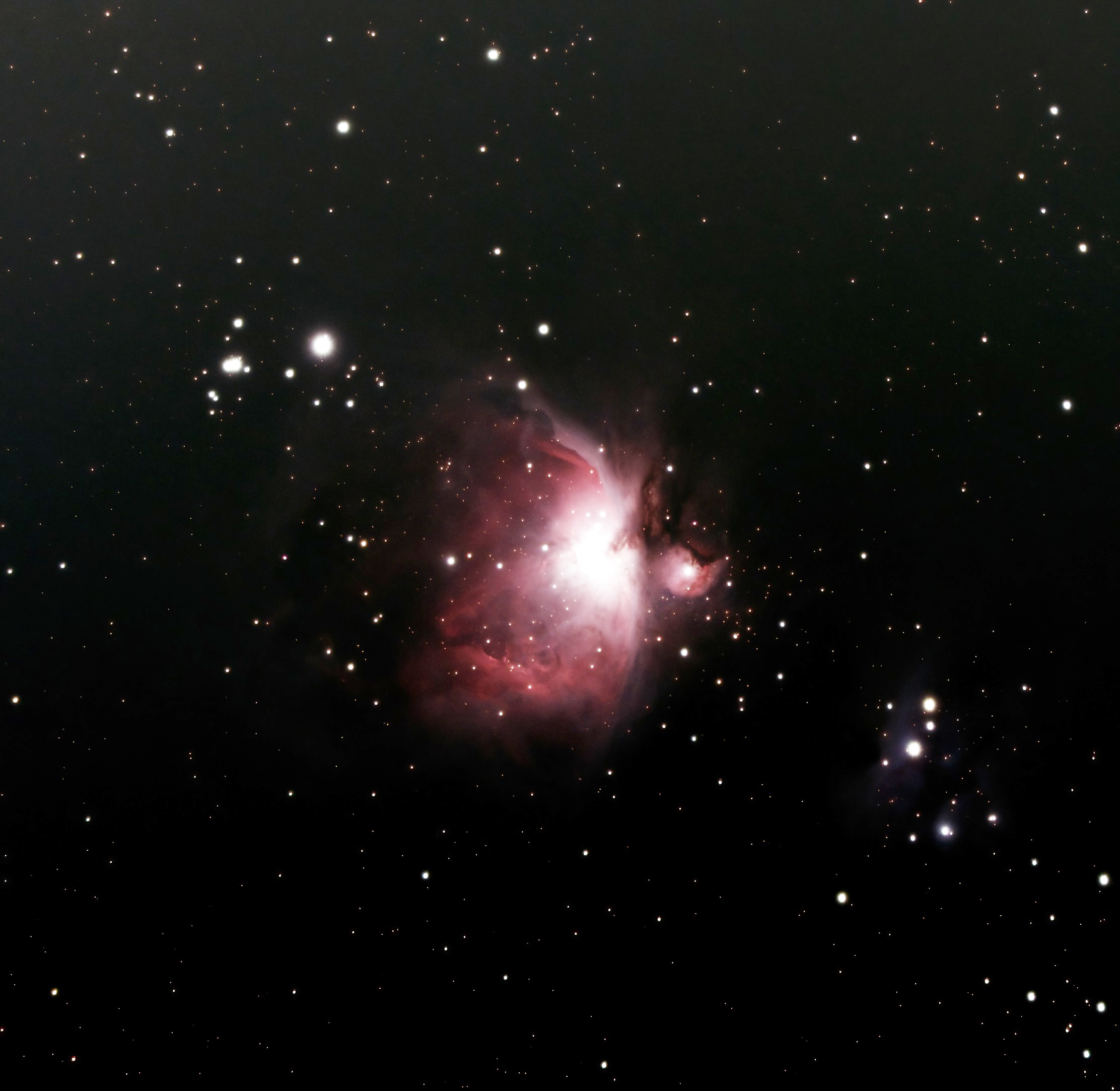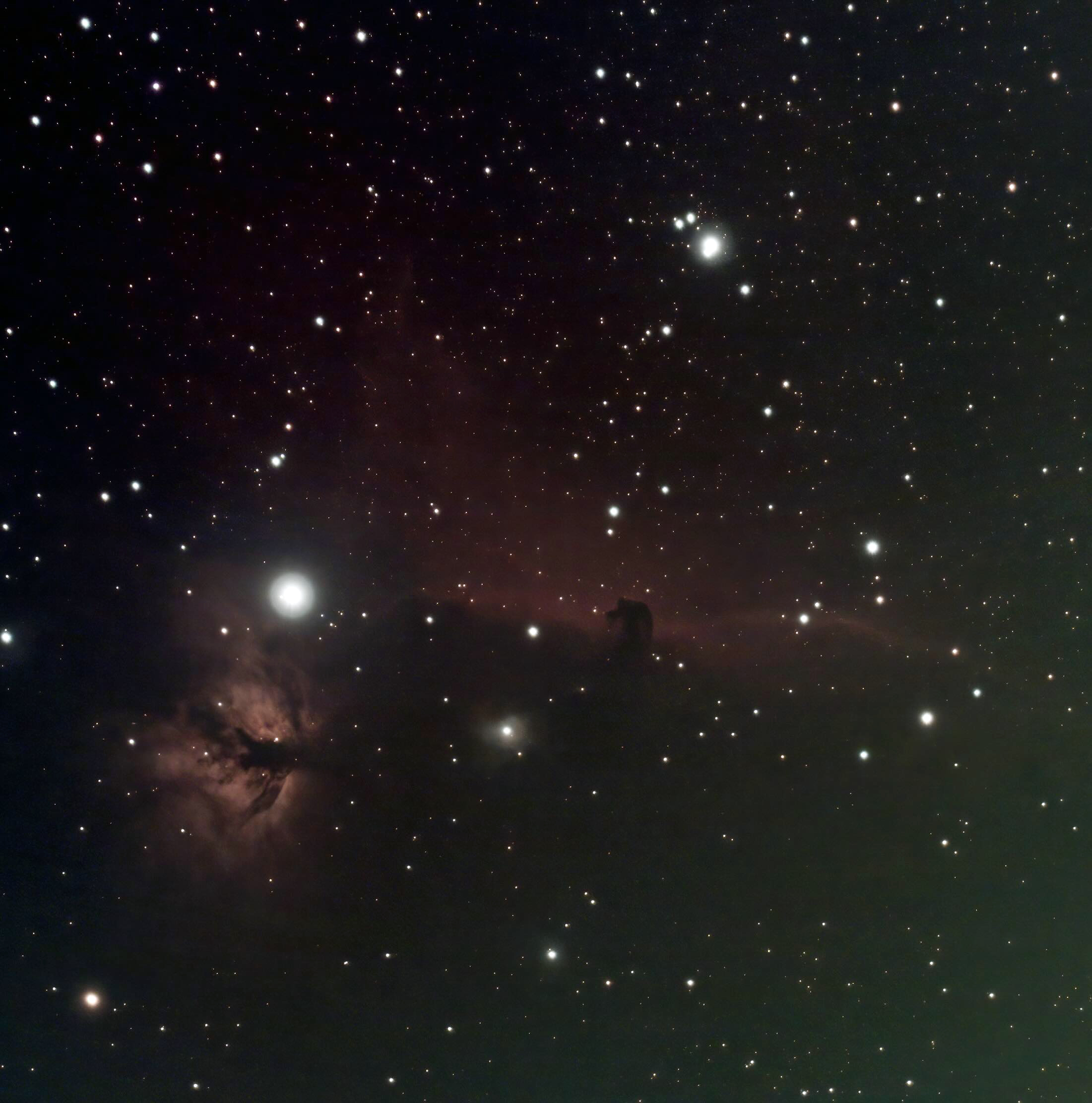I recently acquired a .8x reducer for my Zenistar 61 telescope and a new camera, the ZWO ASI533. I've been experimenting with the camera while using my 8" SCT, and it's been performing well. Although I typically prefer the wide-angle view of my ASI294, the ASI533 offers a more square 4:3 type field of view, making it slightly easier to frame objects. I decided to get this camera because I heard it doesn't produce amp glow and is more user-friendly than the ASI294. While this claim is partially accurate, the notion that the camera doesn't require dark or flat frames is somewhat misleading.
I can capture some decent shots without bias frames, but because the ASI533 isn't cooled, it tends to produce hot pixels that necessitate dark frames for correction. Moreover, given the light pollution in my area, I've found that flat frames are beneficial. They don't do much for vignetting, which doesn't appear to be a problem with this camera, but they help to even out the overall image and reduce any unwanted glow around the objects I'm photographing.
However, I didn't have to make as many adjustments when creating flat frames for the ASI533 compared to the ASI294, which was definitely a positive aspect.
Ever since I got the 0.8x reducer for my Zenistar 61, I've been eagerly looking forward to testing the capabilities of the ASI533 with this faster setup (at f/4.7) and its slightly wider field of view.
William Optics no longer carries the native reducer for the Z61, so I decided to go with one I read about on Astronomics that's known to be compatible with the Z61. It was my first time buying from Astronomics, and I was pleasantly surprised by their fast shipping and the significantly lower price compared to the William Optics reducer. I chose the
ASTRO-TECH .8X REDUCER FIELD FLATTENER, which conveniently fits directly onto my Z61 without requiring any additional adapters. After rummaging through my miscellaneous drawer to find the right spacer to meet the 55mm backspace requirement, I was all set and ready to start using it.

I started my imaging session with the Andromeda Galaxy. The primary reason for acquiring this reducer was to gain a bit more space around larger objects like M31 and M42, which helps compensate for field rotation when using my Alt-Az mount. Right away, I noticed the difference shooting at f/4.7 as the galaxy's details began to fill the screen more quickly compared to f/5.9.
As this was my first target, and I wanted to assess the performance of the ASI533, I didn't capture any bias frames. It was then that I observed a slight glow around the object and some hot pixels. This may not be a significant concern for Electronically Assisted Astronomy (EAA), but if you intend to save the images for later processing and these artifacts bother you, it's clear that bias frames are essential with this camera.
I'm generally satisfied with the images, and I made some slight adjustments in Photoshop to enhance their quality, which led to the results you see in this post.

It was a delight to capture M42 completely and not cropped as compared to when I use my 8" SCT. Even with the reduction to f/6.3 on the SCT, it's usually possible to capture only a small portion of this expansive nebula. However, with the ASI533 and .8x reducer on the Z61, you can fully appreciate the vastness of this celestial object even before engaging in live stacking.
M42 is renowned for its ease of imaging, often revealing intricate details after just the initial frame is stacked. Nevertheless, I was pleasantly surprised by how clear and detailed it appeared through the combination of the telescope, reducer, and camera. Remarkably, even the very first frame seemed as if it had been stacking for several minutes. The images presented in this post were produced from 20-minute exposures taken at 4-second intervals, with the camera's gain set at 250.
Before the night came to a close, I wanted to capture a brief shot of B33, the Horsehead Nebula. I've only scratched the surface with this one since I acquired all my astro gear for Electronically Assisted Astronomy (EAA) around the time Orion began to descend below my horizon. In the past, I could only capture a portion of the Horsehead and the Flame Nebula in separate shots, so I was eager to see if I could frame both of them together.

Swiftly, I grabbed my UHC filter, refocused the telescope, slewed to B33, and assumed I was in the right spot. Live view doesn't reveal much detail in the region before I commence a live stack. However, as soon as I initiated the stack, I was thrilled to see both nebulae quickly filling my screen, and this time together!
I anticipate much better opportunities later in the year for imaging this stunning region. Nonetheless, for now, this is the best shot I've managed to capture of these nebulae to date. It's fascinating to think about the potential results if I were to invest more effort and time into traditional astrophotography.
In conclusion, while some may argue that a reducer for a 61mm refractor isn't truly necessary, I'm quite pleased with my decision to pick up the 0.8x reducer for the Z61. It saves me from having to invest in a Hyper-Star for my SCT. The ASI533 has proven to be a valuable addition to my ever-expanding equipment collection. However, I still hold a deep appreciation for the wide field provided by the ASI294 and don't foresee it being replaced anytime soon.
Before concluding my night of observations, I had the opportunity to observe my 101st Messier object, M78. You can track my progress on my
Messier page, where I have only two more months left to achieve my goal of observing all 110 Messier objects in one year!